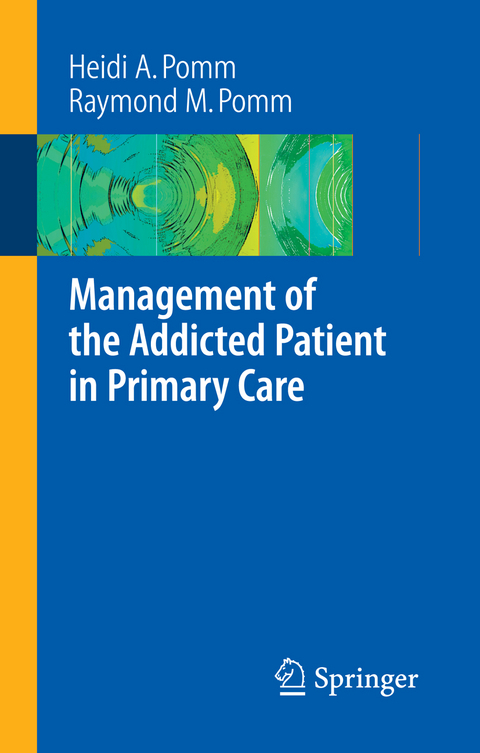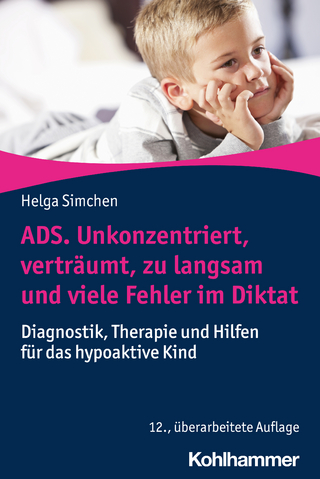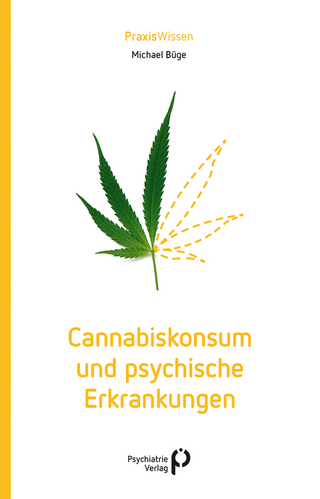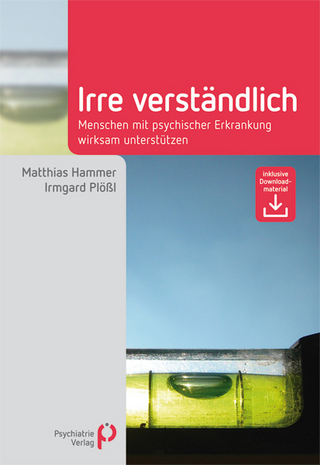
Management of the Addicted Patient in Primary Care
Seiten
2007
Springer-Verlag New York Inc.
978-0-387-35961-8 (ISBN)
Springer-Verlag New York Inc.
978-0-387-35961-8 (ISBN)
So, prevention is the treatment of choice and also the treatment with the greatest ef? Physician education and competency make early diagnosis more likely, but most practicing phy- cians do not have addiction education or treatment training as part of their undergraduate medical education.
Tobacco, alcohol, illicit drugs, and secondhand exposure are the nation’s leading health problems. These acquired problems cause more than half of all deaths per year. First use, as well as some subsequent use, may be voluntary, but after loss of control, continued use is to be expected in an addict. So, prevention is the treatment of choice and also the treatment with the greatest ef? cacy. When prevention fails, early intervention and prompt treatment are critical; oth- wise, abuse becomes dependence and with it comes a chronic life-long disease without a speci? c cure. This places a great deal of responsibility on the already overburdened primary care physicians, who must identify a disease fraught with denial and whose patients are generally the last ones to know and accept the fact that they are hopelessly addicted and need help. Physician education and competency make early diagnosis more likely, but most practicing phy- cians do not have addiction education or treatment training as part of their undergraduate medical education. Among physicians, tobacco competency has improved, and a smoking history is now a part of almost every new patient assessment. A patient’s attempts to quit and pharmacologic treatments have been incorporated into most practices in which the physician emphasizes we- ness. Most physicians have prescribed and followed patients treated with ni- tine replacement and Zyban. Progress in the treatment of alcohol abuse and dependence, cocaine and prescription misuse and dependence, and other drugs of abuse has been much slower.
Tobacco, alcohol, illicit drugs, and secondhand exposure are the nation’s leading health problems. These acquired problems cause more than half of all deaths per year. First use, as well as some subsequent use, may be voluntary, but after loss of control, continued use is to be expected in an addict. So, prevention is the treatment of choice and also the treatment with the greatest ef? cacy. When prevention fails, early intervention and prompt treatment are critical; oth- wise, abuse becomes dependence and with it comes a chronic life-long disease without a speci? c cure. This places a great deal of responsibility on the already overburdened primary care physicians, who must identify a disease fraught with denial and whose patients are generally the last ones to know and accept the fact that they are hopelessly addicted and need help. Physician education and competency make early diagnosis more likely, but most practicing phy- cians do not have addiction education or treatment training as part of their undergraduate medical education. Among physicians, tobacco competency has improved, and a smoking history is now a part of almost every new patient assessment. A patient’s attempts to quit and pharmacologic treatments have been incorporated into most practices in which the physician emphasizes we- ness. Most physicians have prescribed and followed patients treated with ni- tine replacement and Zyban. Progress in the treatment of alcohol abuse and dependence, cocaine and prescription misuse and dependence, and other drugs of abuse has been much slower.
Authors are leading authorities on the topic. Have published extensively on the topic in the medical literature.
Spectrum of Addiction.- The Addicted Patient.- Clinical Assessment.- Pharmacologic Office-Based Interventions.- Nonpharmacologic Office-Based Interventions: Cognitive-Behavioral Therapy and Motivational Interviewing.- Case Presentations and Algorithms for Management.
| Zusatzinfo | 7 Illustrations, black and white; XII, 164 p. 7 illus. |
|---|---|
| Verlagsort | New York, NY |
| Sprache | englisch |
| Maße | 127 x 203 mm |
| Themenwelt | Medizin / Pharmazie ► Medizinische Fachgebiete ► Psychiatrie / Psychotherapie |
| Medizin / Pharmazie ► Medizinische Fachgebiete ► Suchtkrankheiten | |
| ISBN-10 | 0-387-35961-3 / 0387359613 |
| ISBN-13 | 978-0-387-35961-8 / 9780387359618 |
| Zustand | Neuware |
| Haben Sie eine Frage zum Produkt? |
Mehr entdecken
aus dem Bereich
aus dem Bereich
Buch | Softcover (2023)
Kohlhammer (Verlag)
24,00 €
Menschen mit psychischer Erkrankung wirksam unterstützen
Buch | Hardcover (2023)
Psychiatrie Verlag
35,00 €


